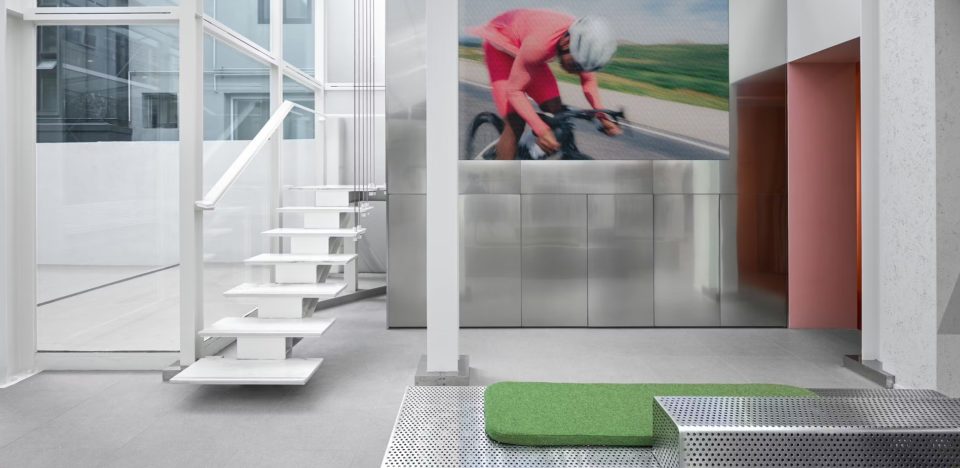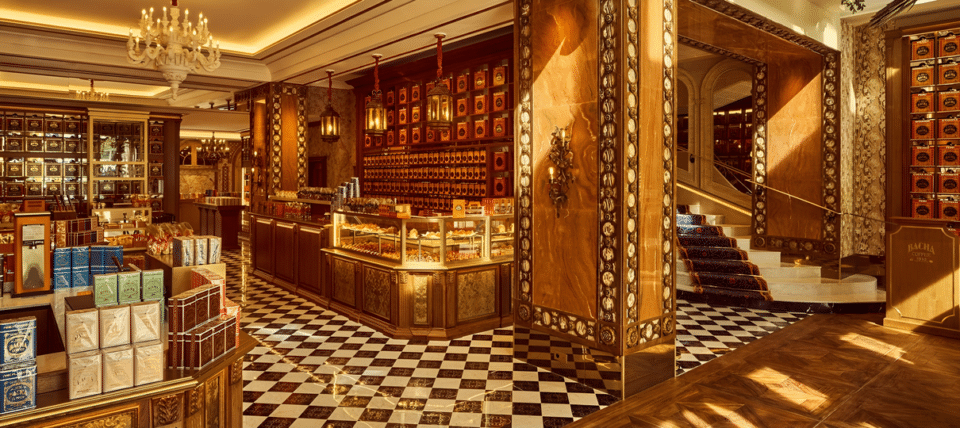Digital retail is too ‘functional’ – here are 5 ways to fix it
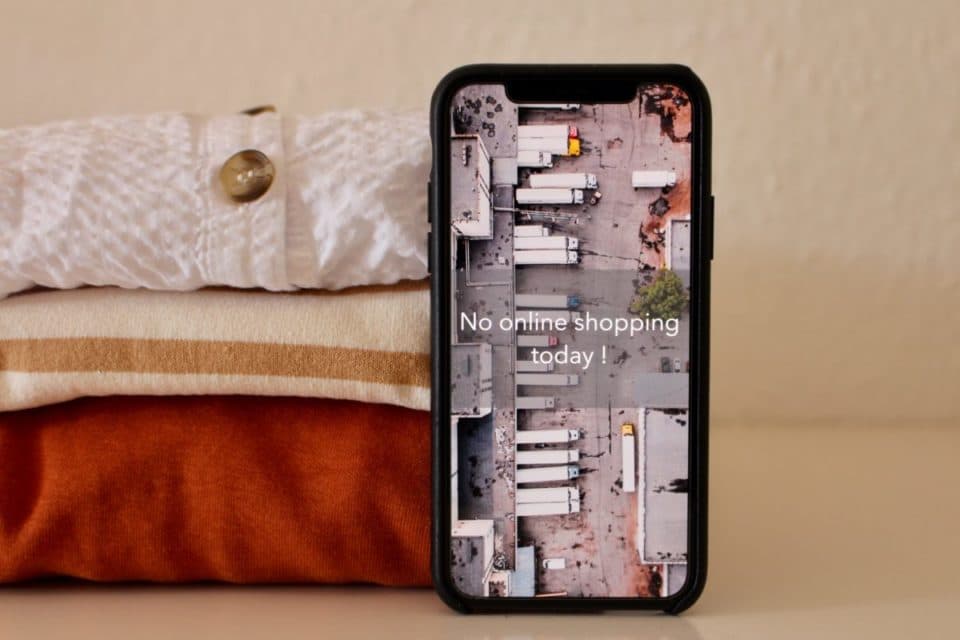
Online retail has got a problem.
It’s too functional.
That doesn’t mean that it’s too good at its job. That would be a good problem to have.
It’s that it’s too good at only one part of retail’s job.

What’s the problem with digital retail?
We’ve said it many a time – if you know what you want to buy then ecommerce is your friend. It’s often the most friction-free way to buy – and potentially quicker and cheaper too.
But do you always know what you want to buy?
Think back to all your most recent purchases – were they all things that you knew you wanted to buy? Or did a friend tell you about something, did you see an advert, did you see something on social media, did you watch a video or film that gave you a ‘got to buy this’ feeling?
The truth is we don’t always know what we want to buy, and you can’t search for something if you don’t know it exists. Yet, digital retail is inherently set up for these sorts of journeys with filters and categories and search bars.
This functional ‘find it, buy it’ approach makes complete sense. The sheer volume of things available to buy online is overwhelming.
Now if you know you want to buy Levi’s 501s in black then you’re going to find what you want within a few clicks. But if all you know is that you want some black jeans then you’re going to get a lot of search results to sift through.
And if you only know you’d like some jeans but you’re not sure about colour then you’re likely to bring up a far greater quantity of results than you can ever work through.
As the shopper you quickly become tired of scrolling and clicking and thinking. Decision paralysis is a very real thing which can leave customers clicking off entirely rather than having to make a choice between millions of options.
Digital retail tries to counter this by making the online shopping experience as efficient and friction-free as possible. In doing so it trades engagement and inspiration for function. And it’s a problem.
Because sometimes you don’t even know that you want jeans (insert other product) until someone gives you a compelling reason to.
McKinsey recently reported on how a new ‘grocery rut’ had been spawned by the pandemic-driven shift to online grocery shopping. Grocery retailers are too good at making it easy for customers to keep reordering the same products over and over again in the pursuit of convenience.
They’ve made the experience really functional in order to get customers to follow through and checkout.
It makes sense given that many of us buy the same things week in and week out such as milk and bread. But that’s not all we buy.
By automating the process to be efficient, grocery retailers have made it boring. Customers aren’t easily discovering new products or being inspired to try something new.
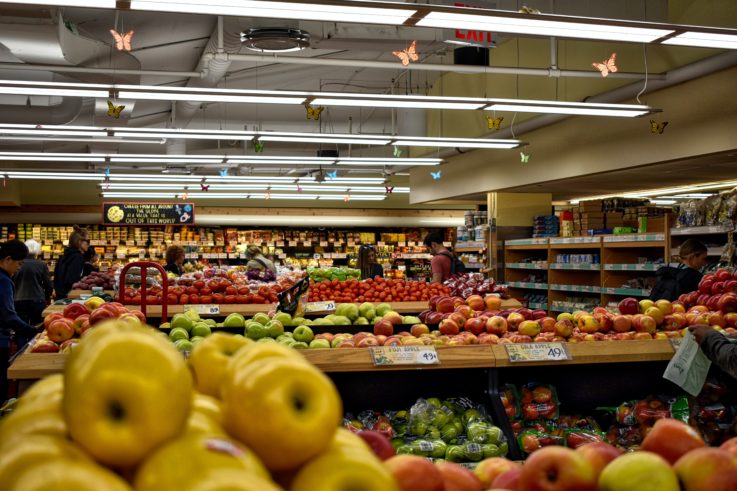
Isn’t it the same for offline retail though?
The truth is even offline retail can suffer from the same challenges.
In the case of grocery, many people shop at the same store every day, week or month (depending on shopping habits). They get used to that store and its layout. They know where everything is.
Trips to the supermarket can become purely functional. When time-pressed customers can get through the store and pick up everything on their list like they’re on an episode of Supermarket Sweep.
This familiarity with the shelves is why customers notice when something new appears. A new product or different packaging grabs the eye because it’s not what you expected to see.
Likewise, there are certain cues in a grocery store that tell customers there’s something new to look at. This includes using the end of aisles for special offers or new releases. It’s also why cardboard display stands with new products pop-up in high traffic areas like the front of the store, central aisle and near the tills.
Those cues are often lacking in digital and omnichannel retail.
You may have a website homepage where you can signpost new products, but online retail isn’t like a physical store. There isn’t only one door in.
Customers may be coming to your site from social media. It might be from Google or other search engines. They might have clicked off an advert on a website. They may have clicked on a link in your newsletter or emails. In all these cases they’re likely to land on a particular product page or category rather than the homepage.
So how can digital retail inspire customers wherever they land?

1. Use data to understand customer journeys
Why does that new product location stuff work so well in grocery stores? Because the retailer understands customer journeys. They know how customers move around the store and which parts get the most traffic.
For example, customers may not go down every aisle, but they’ll pass by the ends of most, if not all. Likewise, everyone who wants to make a purchase will have to go to the checkouts.
You can do the same in digital retailing by using analytics to measure the traffic throughout the site, where customers click, how far they scroll, how long they spend on a page and so on.
In doing so you can optimise your website to offer inspiration in the right places.
If, for example, you discover that customers rarely scroll down to the bottom of your pages then consider putting your product recommendations higher up, so they don’t miss them.
Likewise, you can pinpoint those traffic hotspots which can be used to promote other items the same as with a physical store. This will likely include some of the same elements such as basket and checkout pages, but you may be surprised about some of the pages that get a heavy number of visits.

2. Think relevance
One classic digital retailing trick is to suggest other things the customer could buy.
For this to be truly powerful though it needs to be relevant. Product suggestions can often be based on algorithms which means they don’t necessarily make sense on an individual or contextual basis.
You only have to read the stories of the people who have had odd substitutions for out-of-stock online products to see that. Likewise, to you and me a broccoli-shaped dog toy is very different from the vegetable broccoli. But it may not be to an algorithm.
Some common algorithms use location (people near you bought this) or other people’s baskets (people also bought this) to suggest purchases. They may use correlation ie suggesting chicken stock if someone is buying a chicken.
Algorithms are fine as part of the digital retail model. What’s important is that the use of these algorithms is based on relevance. For example, correlation may work better for something like grocery as opposed to suggesting products based on what people nearby are buying.
Whereas ‘people also bought this’ might make more sense in the case of a fashion item.
Relevance can also be tied to external factors. For example, a grocery retailer could surface BBQ related products on a hot day. This could go against traditional fixed concepts of seasonality in retail – why not promote sunglasses in September if there’s a heatwave?
One advantage that digital retail has over a physical store is the ability to use a customer’s past buying habits and other personal data to make suggestions. In theory every customer could see a different version of the website that puts the products that are most relevant to them front and centre.

3. Think about how discovery happens
There are two main ways of discovering something – you can come across it in the course of a search or you can come across it unexpectedly.
In the case of the former it might be that you have a rough idea of something you’re searching for (eg those black jeans from before) and it’s during that search you come across the specific pair that ticks all your boxes.
This type of discovery may take place in search engines, marketplaces or on a retailer’s own website.
Equally, sometimes you’re not looking for something, but you happen across it during the course of your normal activities.
In digital retail a lot of this type of discovery is happening outside of a retailer’s website. It’s through their adverts or social media pages – and indeed social media outside of the retailer’s own. This might be via an influencer or blogger or a friend.
It’s because of this that so much social media from Instagram to Snapchat is now shoppable in its own right. This trend isn’t going to go away.
But it’s also worth seeing what discovery tactics you can borrow from these other channels for your website. For example, could you have a ‘shop by style’ option where customers can browse different looks? You could do the same thing with room designs or recipes or other product categories.
Can you provide editorial that ties into the products you sell but also inspires, educates or informs customers? This provides another way for customers to discover you and your products within the wrapper of useful content.
Quizzes and other interactive elements are also a great way to engage customers looking for inspiration. These could even be as simple as ‘click on the outfit option you prefer’ or thumbs up or down items depending on if you like them or not.
Stitch Fix uses this approach to great effect with its Style Shuffle function. It’s a quick visual way for customers to share what appeals to them which provides the company with valuable data.
We could see the same thing playing out on a supermarket website for generating recipes – thumbs up or down different ingredients like fish, tomatoes, eggs etc and get a suggested recipe.
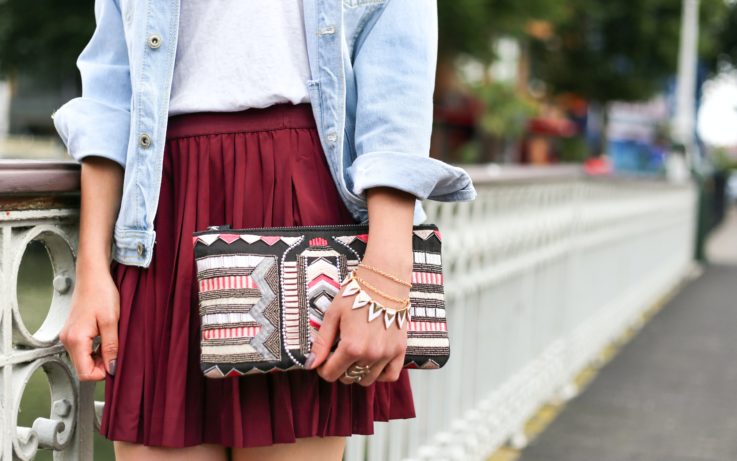
4. Provide context
It’s a given that high-quality images and video are necessary to effective digital retailing.
Wyzowl’s The State of Video Marketing report stated that 84% of people have been convinced to buy a product or service by watching a brand’s video. 86% of people surveyed said they want to see more video from brands in 2020.
But a shot of the product alone doesn’t provide context for a shopper unsure of whether this is something that would work for them.
That’s why it’s important to include contextual images and video in digital retail.
There’s a reason why customers are more inspired by visual social media like Instagram or Pinterest than a retailer’s own website. These platforms typically show products in a curated setting whether that’s someone’s home décor or an outfit post.
This is inspiring for customers because they can see the value of the product and how to make it work for them. It’s the difference between buying a product and buying into a lifestyle or vibe through owning that product. It elevates the product beyond a simple image on a product page.
IKEA took an interesting approach to this with its shoppable living room ad campaign. The company recreated iconic living rooms from TV shows Stranger Things, The Simpsons and Friends using its own products.
It presented the products in a context that the customer was likely already familiar with and gave them a way to achieve their aspirations to recreate it.
It’s also important to bear in mind that context can look different to different customers. Show the product on one type of model only or in one type of home and you’re only appealing to one type of customer. Show it in different settings or on different body types and you’re creating a compelling reason for anyone to buy.
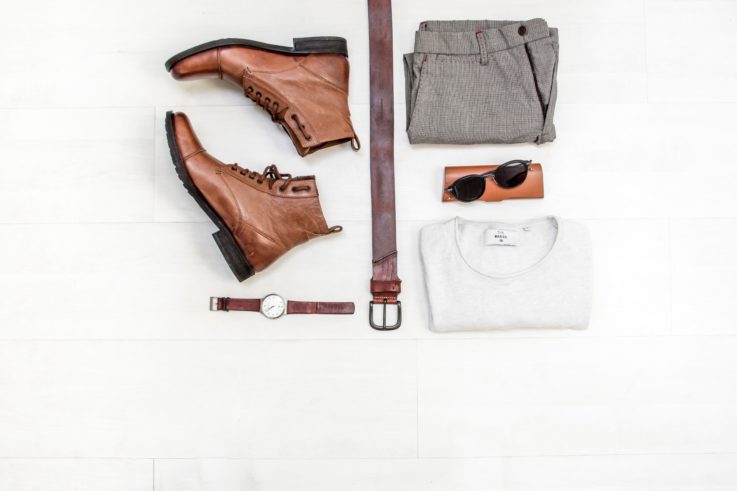
5. Sell a package
Another quick win is to make sure that you include links to all of the other products shown in images and videos.
For example, if on a product page for a dress you’ve shown ways to style it then make sure you link to all of the other items used in the look such as bags, accessories and shoes.
Don’t make your customers do the work to hunt down everything they need to recreate the look. Give them the tools right there on the page. Even better if you can create a ‘buy the look’ button that gives them everything in one place.
On that note, try to ensure that you are only using products that you actually sell in your imagery.
We’ve seen cases on social media where a brand will post a picture of an outfit and all of the comments are about the accessory or belt. Customers want to buy it. The problem is that we’re often seeing that the accessory isn’t even stocked by the brand or retailer who posted the picture. They’ve used something from another company to create the outfit.
Fine if you’re not competing companies – in fact collaborating on inspirational styling pictures may benefit you both – but in the cases we’ve seen it’s often that the accessory comes from a competitor.
The end result is customers who are annoyed that they can’t buy the item from the brand who posted the image in the first place. But even worse is that someone inevitably comments explaining where you can actually get the accessory and that competitor brand gets a load of extra sales funnelled to them.

Conclusion
Digital retail isn’t engaging enough because it’s too functional.
It was designed for customers to be able to filter down a huge amount of results quickly to find what they want. But this neglects our desire to be engaged and inspired.
Thinking about how customers discover products, understanding the customer journey, offering relevance, providing context and creating packages can help digital retailers to incorporate more discovery and inspiration into their offering.
Functional certainly has a place but it can’t be the sole focus of online retailing. After all, you can be as efficient as you like but you can’t sell what your customers don’t know about.
Find out more
Our retail consultants can help you nail your digital retail strategy – here’s how.

